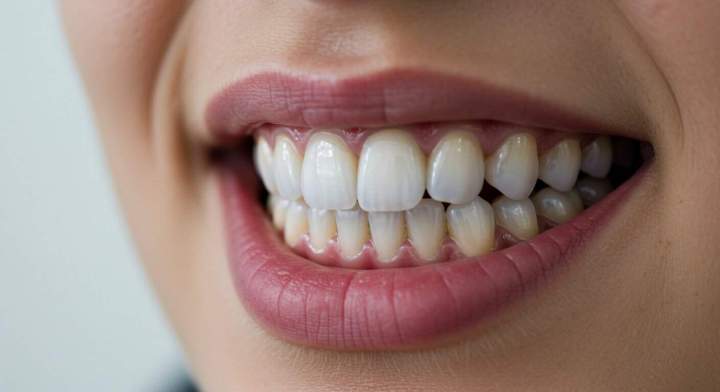Why Choose an All Ceramic Dental Crown?
Ceramic Crown Linkeo / April 29, 2025

Understanding All Ceramic Crowns
All ceramic crowns are prosthetic devices made entirely from ceramic materials. Unlike metal-based crowns, which may contain a porcelain coating over a metal base, all ceramic crowns are crafted solely from high-quality ceramic. This composition allows for enhanced aesthetics and biocompatibility, making them suitable for a variety of dental applications.
They are typically made from materials like zirconia or porcelain. These materials are chosen for their strength and appearance. The manufacturing process involves advanced techniques, such as CAD/CAM technology, which ensures precise fit and high-quality finish. The result is a crown that not only looks natural but also functions effectively within the dental arch.
The Aesthetic Advantage
Natural Appearance
One of the most significant advantages of all ceramic crowns is their natural appearance. The translucency of ceramic closely mimics the look of natural tooth enamel, allowing for seamless blending with surrounding teeth. This quality is particularly important for anterior (front) teeth, where aesthetics play a critical role in a person’s smile.
Color Matching
Dentists can customize the shade of all ceramic crowns to match the patient’s existing teeth perfectly. Various color options and shades are available, ensuring that the final restoration looks as natural as possible. This customization is crucial for those who prioritize aesthetics and wish to maintain a harmonious smile.
Durability and Strength
Resistance to Wear
All ceramic crowns are engineered to withstand the forces of chewing and biting. Modern all-ceramic materials, such as zirconia, possess remarkable strength, making them less prone to chipping or cracking. This durability ensures that the crowns can endure the daily stresses of oral function without compromising their integrity.
Longevity
With proper care and regular dental check-ups, all ceramic crowns can last many years, often up to 15 years or more. Their longevity is attributed to their robust material and the skill involved in their placement. This makes them a reliable choice for long-term dental restoration.
Biocompatibility and Health Benefits
Non-Allergenic Properties
Ceramic materials are biocompatible, meaning they are less likely to cause allergic reactions or sensitivities compared to metal-based crowns. This is particularly beneficial for individuals with metal allergies or sensitivities. Choosing an all ceramic crown can lead to a more comfortable experience, free from adverse reactions.
Preservation of Tooth Structure
When placing an all ceramic crown, dentists typically aim to preserve as much of the natural tooth structure as possible. This approach minimizes the need for extensive tooth reduction, ensuring that the tooth remains healthy and structurally sound. The preservation of natural tooth structure contributes to overall oral health and reduces the risk of future dental issues.
Considerations and Limitations
Cost Factors
While all ceramic crowns offer numerous benefits, they may be more expensive than traditional metal crowns. Patients should consider their budget and discuss financing options with their dentist. However, the investment in an all ceramic crown can be worthwhile due to its longevity and aesthetic appeal.
Potential for Wear on Opposing Teeth
One consideration with all ceramic crowns is that they can be more abrasive than some other materials, potentially leading to wear on opposing teeth over time. It is essential for dentists to evaluate the patient’s bite and occlusion to ensure that the crown will not negatively impact surrounding teeth.
All ceramic dental crowns are an excellent choice for those seeking a combination of aesthetics, durability, and biocompatibility. Their natural appearance, customizable options, and strength make them suitable for a variety of dental restoration needs. For anyone considering dental crowns, go to a dental laboratory is the first step toward achieving a beautiful and functional smile.